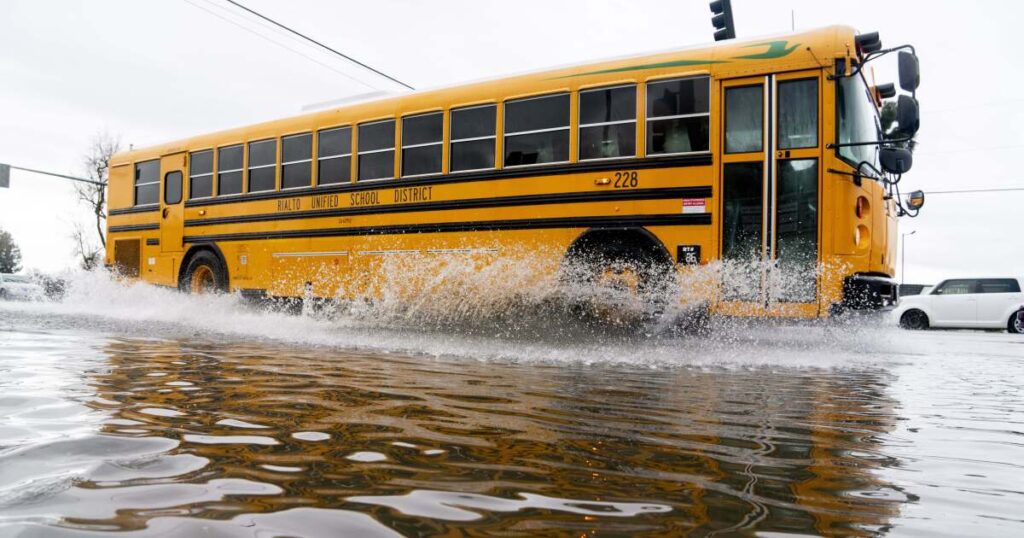Homeowners buying more insurance as disaster zones expand

Homeowners are pursuing expanded property insurance after watching natural disasters strike beyond their usual boundaries, experts say.
Earthquake, fire and flood coverage is not included in traditional homeowners policies, and premiums for each easily range into thousands of dollars. Borrowers already facing affordability challenges are nonetheless paying up following a particularly catastrophic spring.
“There is a correlation to what’s happening and what they see in the media creating a causation for them to want to pursue, or at least price out, what those insurance premiums might look like for earthquake, flood and fire,” said Nick Taylor, head of real estate for digital lender Better Home & Finance.
Mortgage and insurance veterans said they couldn’t speak on a climate change correlation. Researchers this spring however have already reported on more damaging hail and straight line winds, and “Tornado Alley” shifting further east and south from the Great Plains. The National Weather Service reported over 6,200 preliminary severe weather reports in May, the second-most for that month in two decades.
Tri-State residents in April were also rattled by a rare magnitude 4.8 quake in April in New Jersey. More people bought earthquake policies in the past few months than ever before, said Craig Eagleson, president of Incenter Insurance Solutions.
“As a homeowner, you should always reevaluate what is going on in your area and, have you looked at how the weather pattern changed?” he said. “They do.”
An earthquake policy premium could range between $500 to just over $2,000 a year, covering around $100,000 value in a property, Taylor said. That’s generally lower than separate fire and flood premiums, which are sometimes required by lenders for homes in riskier areas.
Eagleson said lenders are sharing with him more examples of borrowers’ debt-to-income ratios strained because of higher premiums. Originators have already blamed rising flood insurance premiums for killing home loans in Louisiana. Taylor said rising premiums in Florida correlate with loan applications decreasing at an accelerated pace versus the national average.
The nation’s major insurers, including Allstate and State Farm, pinned underwriting losses last year on growing catastrophic activity, according to their 2023 annual reports. But both insurers and experts blame rising premiums on stubborn inflation which has pushed rebuilding costs upward.
Homeowners in some states pay premiums for standard coverage on average just under $1,000, while those in Florida can pay upwards of $5,000, according to data from Quadrant Information Services reported by Bankrate.
Also weighing on premiums are constraints by state regulators regarding rate hikes, and rampant litigation such as roof claims which have cost insurers billions of dollars in Florida. Those issues have led some insurers to exit markets, and others to stop writing new policies in places like California.
Lawmakers in California and Florida have since addressed rate hike and litigation roadblocks. Officials in Florida this spring said eight new insurers entered the marketplace, reversing the troubling trend last year. In California meanwhile, State Farm has quickly asked for rate increases, prompting regulators to publicly question the insurer’s financial situation, Insurance Journal reported.
Policyholders can still be hamstrung by their insurers. Allstate, the leading or second-leading insurer in California, Florida and Texas according to S&P Global estimates, says it doesn’t offer earthquake coverage in most states. The company also said it’s given up wind exposure related to properties in “wind pool eligible areas” in certain states.
A representative for Allstate didn’t return a request for comment for this story. Spokespeople for leading homeowners insurers State Farm, Farmers and Liberty Mutual also didn’t respond to inquiries regarding their own hazard policies.
Homeowners instead must flock to state insurers of last resort, whose policies in force have ballooned in recent years, experts said. Other state agencies, like the California Earthquake Authority and the Texas Windstorm Insurance Association, provide relevant coverage for homeowners unable to obtain coverage in the private market.
Borrowers are mulling additional coverage because of media attention to catastrophic events such as flood and wind-driven storms, said Janet Ruiz, director of strategic communications for the Insurance Information Institute. Earthquakes, she said, are a “wake-up call” for homeowners and will lead to an increase in policies.
“It’s not a major increase ever, especially if they’re stretched on their mortgage payments and finances,” said Ruiz. “But we will see an increase.”





